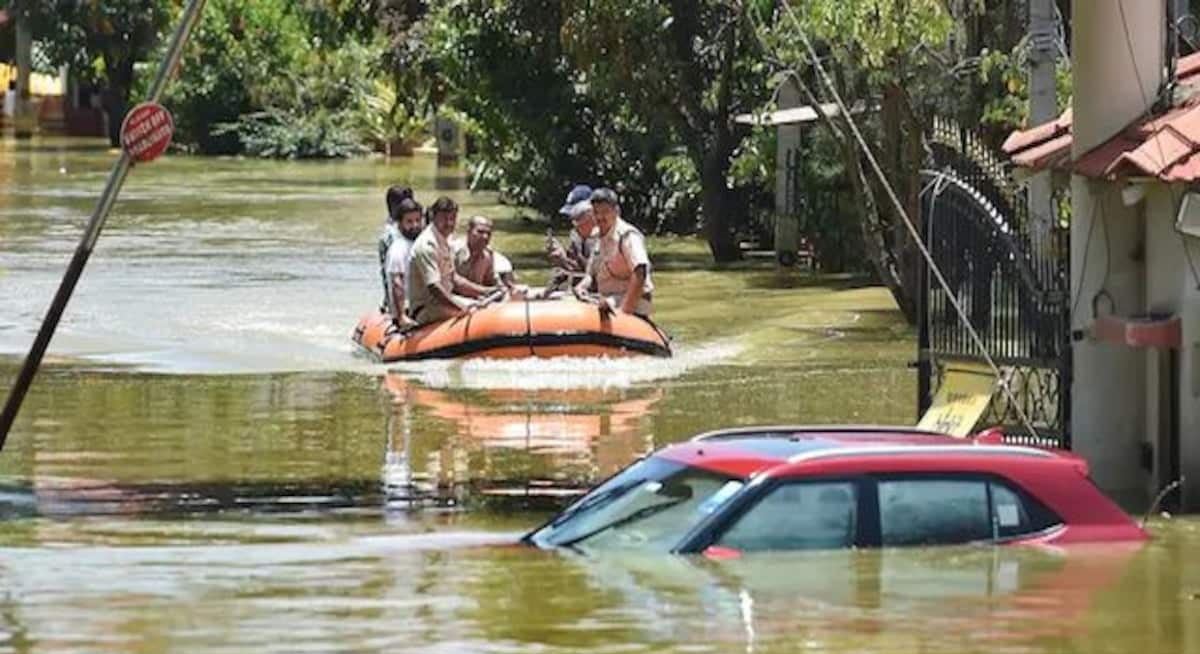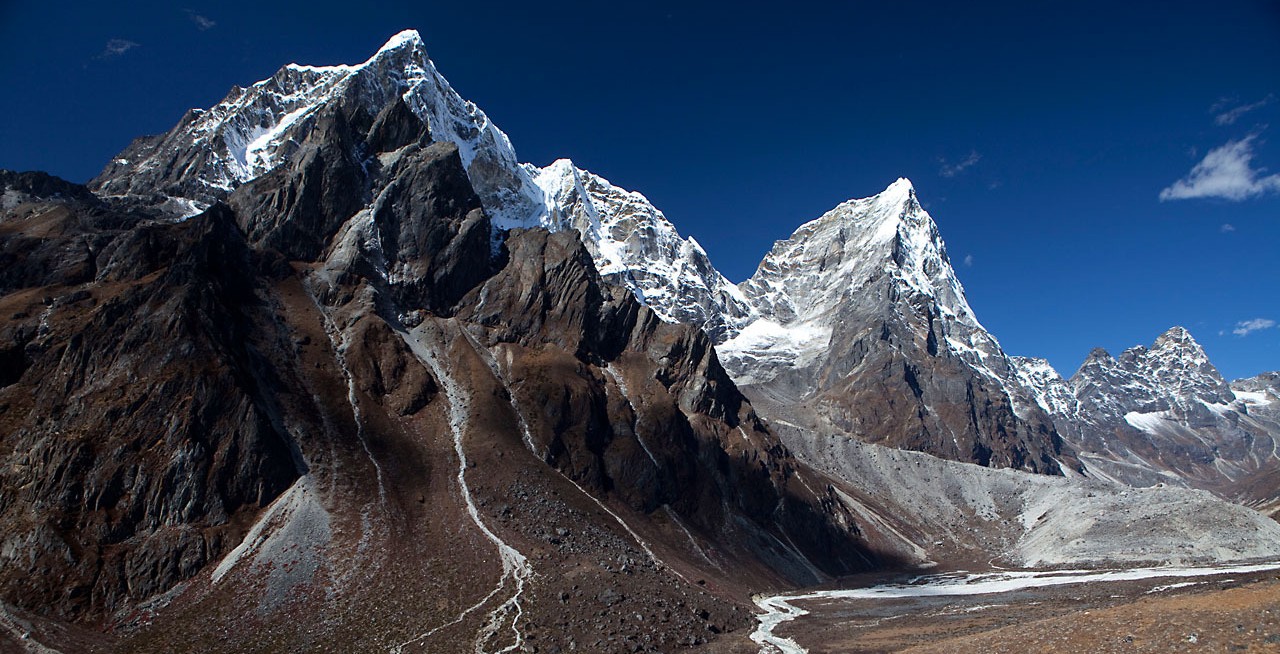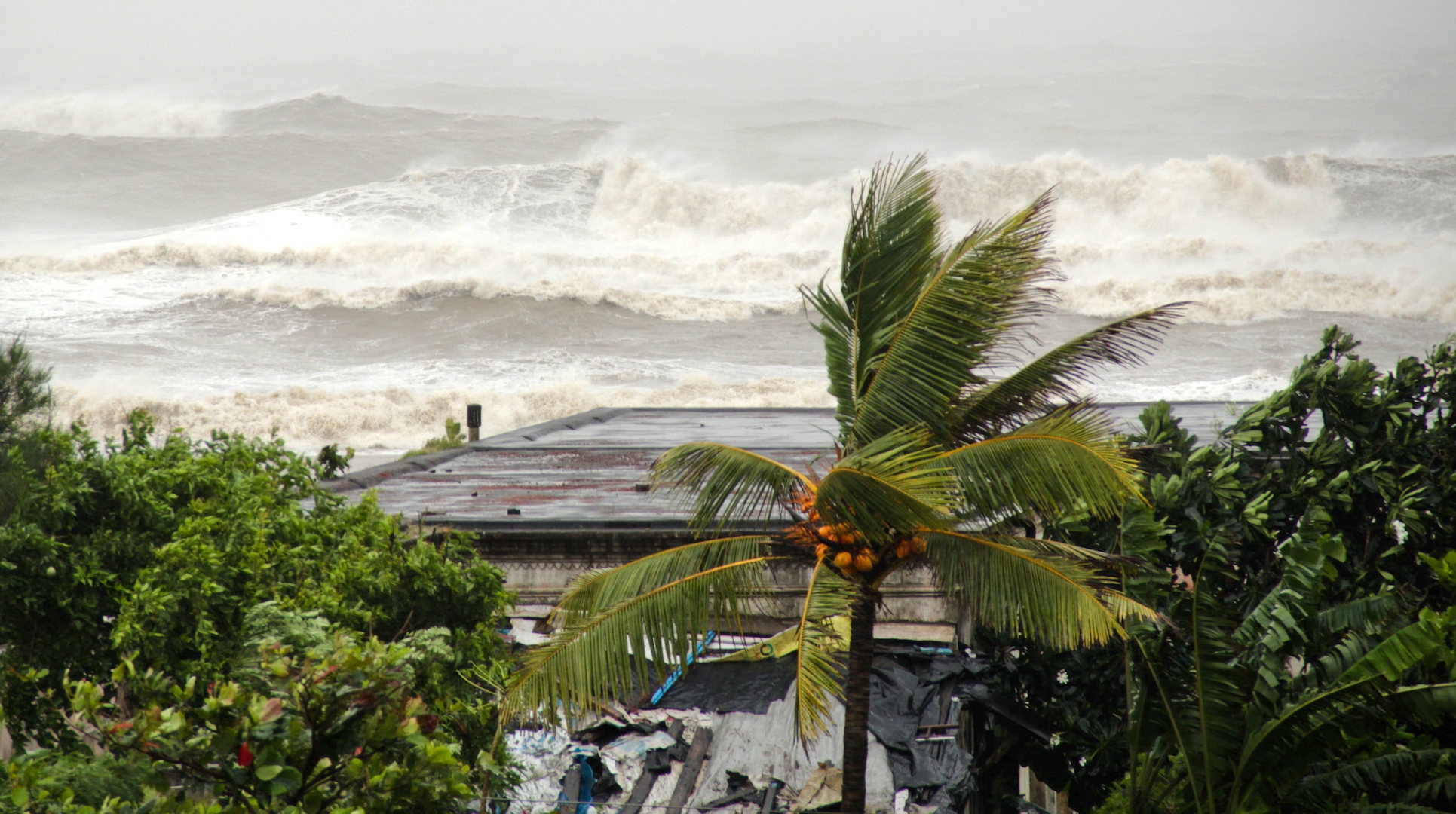Population exposed to floods in India to grow by 2030: Study
A new study published in Nature journal reveals that India is one of the most exposed countries to floods
By Editorial Team / Aug 11, 2021

Photo: Rhein-Erft-Kreis District/Storyful
From floods in Germany to heatwaves in North America, the harsh summer of 2021 has been flooded with extreme climate events. India has also seen the repercussions in the form of massive floods triggered due to heavy monsoon rainfall in Maharashtra, West Bengal, Karnataka, Rajasthan, and the hilly areas of Himachal Pradesh, Uttarakhand, and Jammu & Kashmir. Recently, Shivpuri district in Madhya Pradesh’s Gwalior received record rainfall of 454.57 millimeters (mm) within a span of 38 hours, which is 55% of the total rainfall the district receives in a year.
According to the Global Flood Database, which analysed 913 flood events in 169 countries between 2000 and 2018, more than 1 lakh people died in India due to flooding and more than 20 crore people got displaced. The data has been released by Cloud to Street–a global flood tracking and risk analytics platform for disaster managers and insurers, with co-authors from NASA, Google Earth Outreach, and other reputed institutions.
The database is crucial since it used satellite imagery at 250-metre resolution rather than modeling maps based on the available ground data. Unlike modeling maps, satellite imagery allows additional analyses of the scope, impact, and trends of recent flooding.
What the study says
Most events in the Global Flood Database occurred in Asia, in which India recorded the most events (85), followed by China (52). Researchers said most flood events were caused by heavy rainfall, followed by tropical storms, ice melt or dam breaks. However, despite representing less than 2% of floods, dam breaks had the highest increased incidence in proportion of population exposed.
In the case of India, out of the 85 flood events, 80 events were due to heavy rainfall and the remaining five were due to dam breaks and tropical surges.
Moreover, the database stated that the proportion of population exposed to floods has grown by 24% globally since the turn of the century. Due to increased flooding and population migration, the rise is 10 times higher than scientists previously thought.
“We estimate that 255–290 million people [about 3% of the global population] have been exposed to at least one observed event since 2000 and three flood events on average [735–892 million total exposures],” it noted.
It also revealed that 2.23 million sq.km were flooded between 2000-2018, affecting between 255 and 290 million people. Increased flood exposure was concentrated in low- and middle-income countries, it noted.
“We found that economic development and people moving into flood-prone areas is significantly increasing the number of people exposed to floods in those regions. Furthermore, increasing flood exposure is rooted in underlying conditions that give vulnerable populations no choice but to settle in flood zones,” said Jonathan Sullivan, post-doctoral scientist at the University of Arizona and research co-author.
By 2030, the model estimated that climate and demographic change will add 25 new countries to the 32 already experiencing increasing floods. In the case of India, the model estimated that the proportion of population exposed to floods grew from 2000 to 2015 and is expected to grow from 2010 to 2030.
“Using satellite observation data of floods with improved
spatial-temporal resolution will help policymakers understand where
flood impacts are changing and how best to adapt,“ said lead author,
chief science officer and co-founder of Cloud to Street, Beth Tellman.
“The Global Flood Database can improve the accuracy of global and local
flood models and vulnerability assessments, increase the efficacy of
adaptation measures, and deepen our understanding of how climate, land
cover change, and floods interact,” she added.


